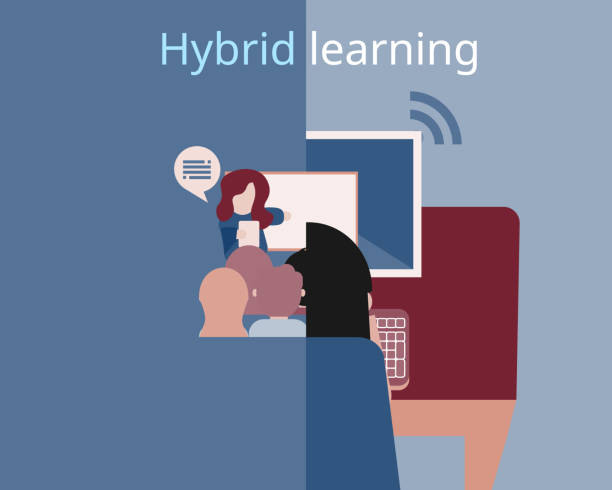Hybrid learning has emerged as a transformative approach, blending traditional classroom experiences with online tools and resources. This dynamic model offers flexibility, personalization, and adaptability, but it also requires a careful understanding of its ground rules to ensure its successful implementation. Digging deeper into the key aspects of decoding the ground rules of hybrid learning, let’s explore how educators, students, and institutions can navigate this innovative educational paradigm.
- Embracing Flexibility
Hybrid learning champions flexibility for both educators and students. The traditional classroom setup coexists with online components, allowing learners to engage with course materials at their own pace. Educators must design adaptable lesson plans, recognizing the diverse needs of students and the potential for asynchronous learning. By embracing flexibility, educators can cater to different learning styles and accommodate individual schedules, promoting a more inclusive and effective learning environment.
- Leveraging Technology Effectively
One of the cornerstones of hybrid learning is the integration of technology. Educators must become adept at leveraging various tools and platforms to facilitate seamless communication, collaboration, and content delivery. From video conferencing tools for virtual classes to online collaboration platforms for group projects, mastering the use of technology is crucial. Additionally, ensuring accessibility for all students, regardless of their technological resources, is an essential consideration.
- Fostering Active Student Engagement
Hybrid learning thrives when students actively participate in the learning process. Educators must employ strategies to foster engagement, such as interactive online discussions, virtual breakout sessions, and multimedia content. Encouraging collaboration among students, both in-person and online, helps build a sense of community and enhances the overall learning experience. Assessments should also be designed to gauge understanding and participation, promoting accountability in a hybrid setting.
- Establishing Clear Communication Channels
Communication is the linchpin of successful hybrid learning. Establishing clear and effective communication channels is essential to keep everyone in the loop. This includes regular updates on schedules, expectations, and any changes to the learning format. Educators should also be readily available for virtual office hours or asynchronous communication to address student queries and concerns promptly. Creating a centralized platform for announcements and resources helps streamline communication and keeps the learning community connected.
- Providing Adequate Training and Support
Both educators and students may require training to adapt to the nuances of hybrid learning. Institutions should invest in professional development opportunities for educators to enhance their digital literacy and instructional design skills. Students, too, may benefit from orientation sessions on using online tools and navigating the hybrid learning environment. Ongoing technical support and resources should be readily available to ensure a smooth transition and minimize barriers to learning.
The Future of Education
Hybrid learning represents a promising evolution in education, offering a balance between traditional and online learning experiences. By decoding the ground rules and implementing strategies that prioritize flexibility, technology integration, active student engagement, clear communication, and adequate support, educators and institutions can unlock the full potential of hybrid learning. As we continue to navigate the future of education, embracing these principles will contribute to a more resilient and responsive learning ecosystem.


